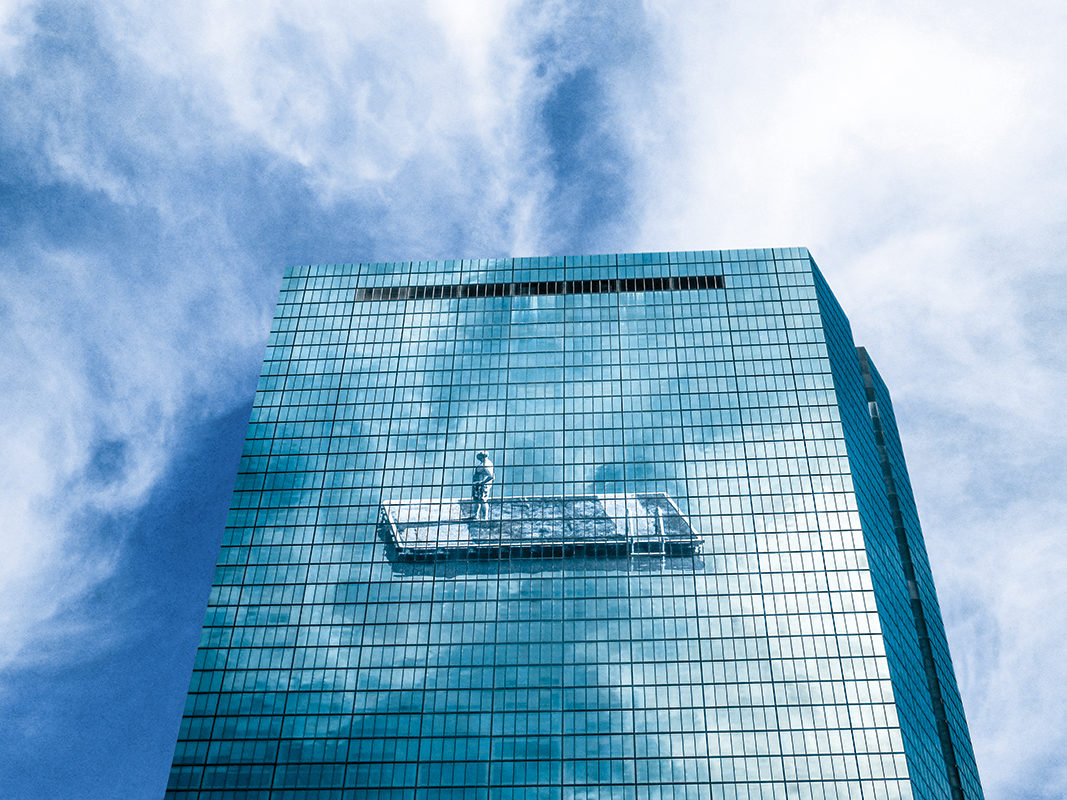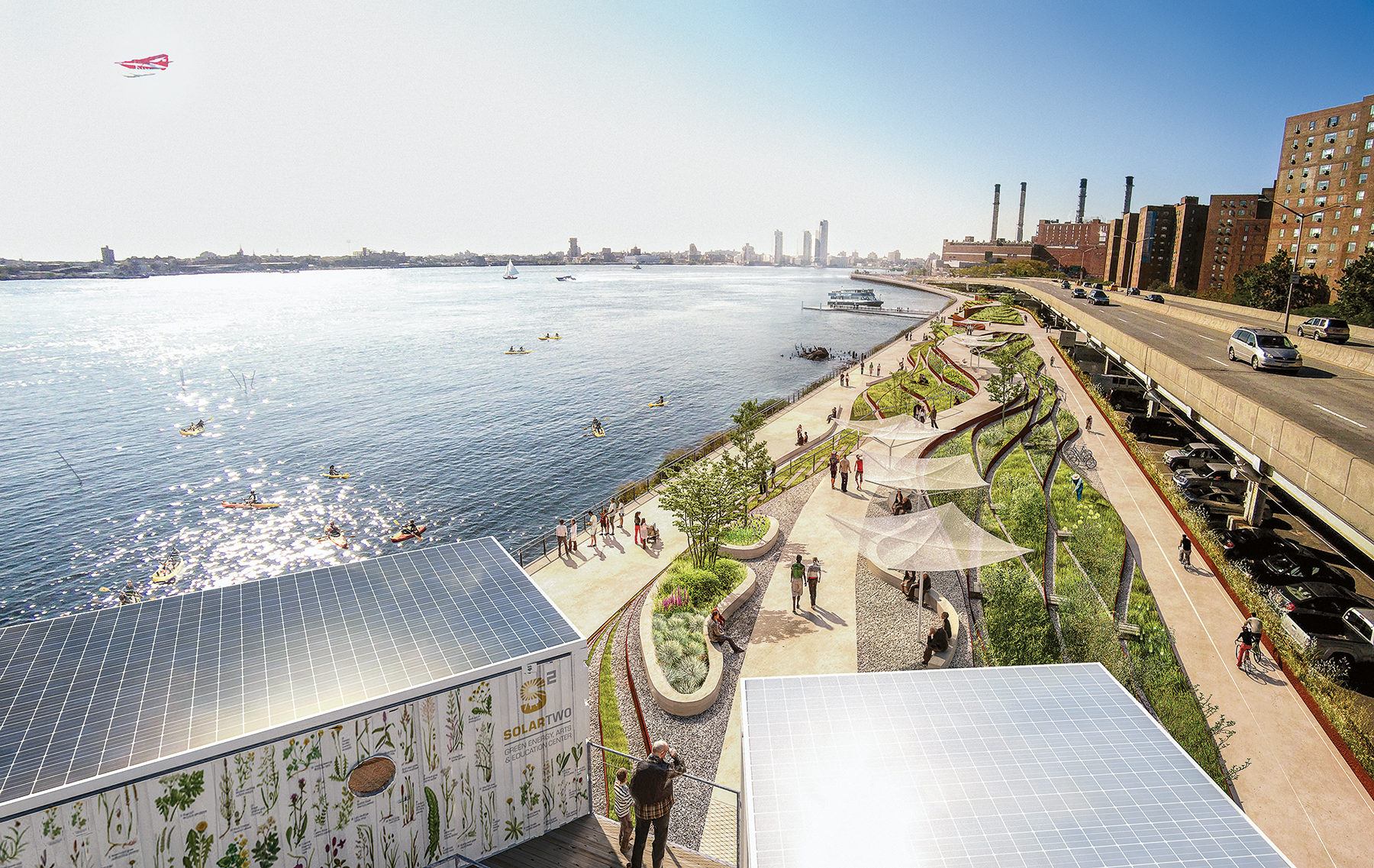But before we pat ourselves on the back, let’s consider what’s at play. The works noted above are all attention grabbing, progressive, and transformative. They’re also temporary. And that’s the key. Boston is not Austin, Seattle, or Chicago, where money and support are plentiful for permanent artworks. Those cities have clearly figured out that public pieces, which introduce art to those who don’t regularly meander through museum galleries, are not just electives. They’re essential. Boston may not truly understand that. Consider the MBTA’s decision to initially slice art out of the budget of its Green Line extension project. But we are getting better.
Echelman notes that her piece, which cost $1 million and turned heads all last summer, was called As If It Were Already Here. “That’s why I used that title,” she says. “People had been complaining for years about what wasn’t here. Suddenly, it was here.”
What did the Brookline native, whose work has been installed around the globe, take the success of her project to mean? “Nothing is impossible anymore,” she says.
Yes, this is now a city with an arts czar, a mayor willing to don a Guster hoody, and more than $1 billion of museum expansions in its rear view. It’s also a city with much to overcome. When I called the Boston Art Commission at City Hall, director Karin Goodfellow — who has been admirably trying for years to add some balance to the city’s bronze-centric collection — was proudly talking up Crisscross Signal Spire. That permanent, interactive sculpture by Meejin Yoon AIA of Höweler + Yoon Architecture recently went up in Dudley Square. What’s more, she said, it represented the most the city has ever spent ($400,000) on a piece of public art.
I congratulated her and then Googled the price tag for Anish Kapoor’s Cloud Gate, the iconic “bean” in the center of Chicago: $23 million. If we can’t compete with cities like Chicago, we can at least focus on what we are doing well. Enter temporary works.
Curator Pedro Alonzo says the climate in Boston for doing short-term projects has improved in recent years. He should know. In 2009, Alonzo curated Fairey’s Institute of Contemporary Art (ICA) show and found himself scrambling around for wall spots so the artist could install his trademark graffiti-inspired work in a public place. He found it far easier to work on the recent installation at the former Hancock tower by French artist JR. Alonzo has also been hired by The Trustees of Reservations for a multisite, multiyear project launching this year.
The temporary nature of the works, Alonzo says, doesn’t just make them easier to accomplish. They can also be more daring. “It forces people to be more tolerant because it will go away,” he says. “And it allows for newer work to come out, too.”
Take the Dewey Square wall, on the side of a Big Dig ventilation building, which the ICA launched in 2012 with Os Gêmeos; the Brazilian twins painted a colorful image of a boy in pajamas. The piece garnered raves from observers, who passed by it during the morning commute or gathered under it for lunch on warm summer days. It also generated much conversation, particularly after a local TV station’s message board prompted some odd and misguided interpretations of the boy as a terrorist. Dewey Square has remained a revolving canvas, with the Museum of Fine Arts (MFA) and the MIT List Visual Arts Center taking turns with projects.





